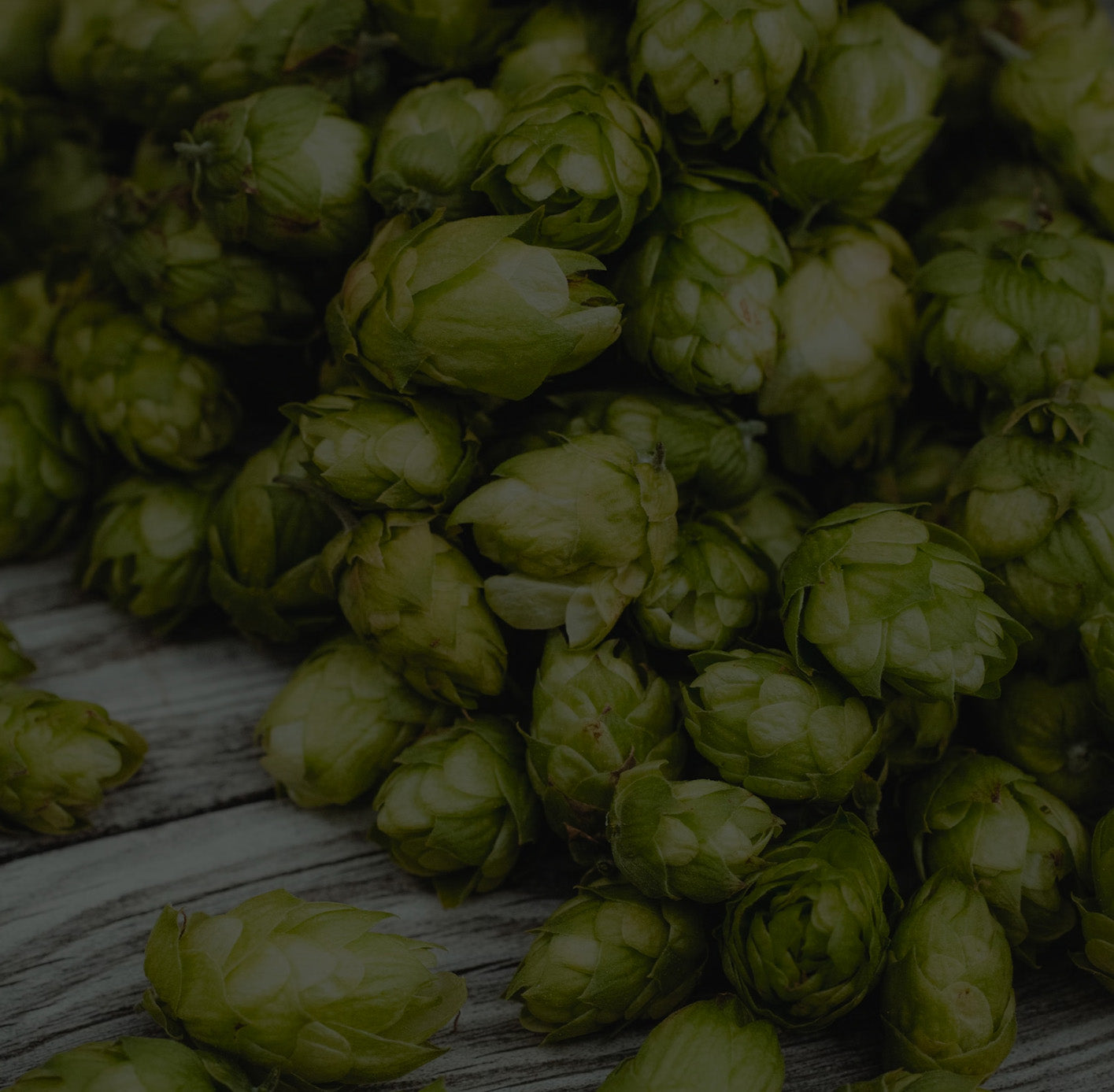How Much Alcohol Will a Still Produce?

The amount of alcohol produced by a still depends on starting alcohol and final proof. In this article we'll explain how a commercial distiller would determine how much alcohol to expect from a run.
For the instant gratification seekers in the crowd, here's the short answer:
- A 1 gallon run will yield 3-6 cups of alcohol
- A 5 gallon run will yield 1-2 gallons of alcohol
- A 8 gallon run will yield 1.5-3 gallons of alcohol
- A 10 gallon run will yield 2-4 gallons of alcohol
For the researchers, science nerds, alchemists, and truth seekers, here's why:
Starting Alcohol
Starting alcohol can vary significantly, having a big impact on the final yield. Starting alcohol is generally expressed as "alcohol by volume" or ABV. It's simply the percentage of alcohol in a solution of alcohol wash. For example a 10 gallon wash that contains 1 gallon of pure alcohol will have an ABV of 10%. The higher the starting alcohol, the higher the potential yield.
The starting alcohol of a wash is dependent on two things: the amount of fermentable sugar produced by the mash, or added in lieu of making a mash, and the type of yeast used.
Fermentable sugar
Fermentable sugar is exactly what it sounds like - the amount of sugar available to be eaten by yeast that can later be turned into alcohol. If there isn't very much sugar then there won't be much alcohol. However, too much sugar is wasteful. The amount of sugar needed depends on the recipe, the size of the batch, and the potential alcohol production by the yeast. Though, in general, the more fermentable sugar there is in the mash, the higher the potential starting alcohol and the higher the yield.
Yeast
The type of yeast used is very important as well. Bread yeast (the kind that can be purchased at a grocery store) will produce starting alcohol in the 10% range, whereas a strong distillers yeast may produce starting alcohol as high as 20%. This is due to two factors. First, distillers yeast has been bred to withstand higher concentrations of ambient alcohol. Where a bread yeast might die off once starting alcohol has reached 10 or 12%, a distillers yeast will still thrive, and will do so until ambient alcohol has increased to a much higher level (20% or so). Second, some distillers yeasts are packaged with loads of yeast nutrients i.e. Turbo 24, 48, etc. This can actually be a bad thing, as the excess nutrients contained in turbo yeasts can cause off flavors in the final product. Checkout our article "Bourbon, Whiskey, Vodka and Moonshine - How Much Yeast?" for more information on yeast.
In short, good yeast will allow for a higher starting alcohol and a greater final yield without producing off flavors.
Final Proof
Final proof can also have a significant impact on yield. If 10 gallons (with a starting alcohol of 10%) is distilled, the amount of pure alcohol collected will be somewhere in the neighborhood of 1 gallon. However, the collected spirit won't be 100% pure (200 proof). It usually gets proofed down to somewhere around 100 proof, or 50% pure alcohol. While the total amount of alcohol collected remains the same, there is now twice as much "product" and the "yield" is doubled. The higher the final proof, the lower the final yield, the lower the final proof, the higher the final yield.
Collection efficiency
One final note is that all of the alcohol produced during fermentation will not be collected during the run. Generally only about 85 or 90% is collected because it takes too much time and energy to get the last little bit...and it isn't the good stuff anyway. For example, if there is 1 gallon of pure alcohol in a wash and it is distilled with a collection efficiency of 85%, then .85 gallons will be collected.
Here are a few examples of yields that a commercial distiller can expect when running 1, 5, or 10 gallon test batches:
- A 1 gallon run with a starting alcohol of 10%, a final proof of 100, and a collection efficiency of 85% will yield 2.72 cups.
- A 1 gallon run with a starting alcohol of 20%, a final proof of 100, and a collection efficiency of 85% will yield 5.44 cups.
- A 5 gallon run with a starting alcohol of 10%, a final proof of 100, and a collection efficiency of 85% will yield .85 gallons.
- A 5 gallon run with a starting alcohol of 20%, a final proof of 100, and a collection efficiency of 85% will yield 1.7 gallons.
- A 8 gallon run with a starting alcohol of 10%, a final proof of 100, and a collection efficiency of 85% will yield 0.89 gallons.
A 8 gallon run with a starting alcohol of 20%, a final proof of 100, and a collection efficiency of 85% will yield 1.79 gallons. - A 10 gallon run with a starting alcohol of 10%, a final proof of 100, and a collection efficiency of 85% will yield 1.7 gallons.
- A 10 gallon run with a starting alcohol of 20%, a final proof of 100, and a collection efficiency of 85% will yield 3.4 gallons.






Leave a comment